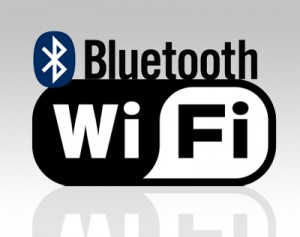BlueTooth Vs Wi-Fi
What Is Bluetooth?
Bluetooth is a WPAN technology. Its radio characteristics include low power, short range, and medium transmission speed. Bluetooth’s short range (10 meters1). Bluetooth’s transmission speed of 800 Kbps3 works well for transferring small to medium-sized files.
When was it invented?
Researchers at Ericsson, a popular mobile phone manufacturer, first began work on Bluetooth in 1998. Since then, the Bluetooth Special Interest Group (SIG), which currently includes more than 2,000 member companies, has been responsible for publishing Bluetooth Specifications. Socket Communications has been a member of the Bluetooth SIG since late 1998. Revision 1.0 of the Bluetooth Specification was published in July 1999, and Revision 2.0 is also released last year. For more information about the Bluetooth SIG, please visit www.bluetooth.com.
What Is Wi-Fi ( Wireless Fidelity )?
As stated earlier, not all radio waves are the same, and the faster and further a radio wave travels,  the more energy it requires. Here lies the difference between Bluetooth and Wi-Fi, and from these technical differences, disparities in usage and target market also arise. Wi-Fi depends on a higher energy intake to offer a 100-meter range and 11 Mbps maximum transmission rate. This speed makes Wi-Fi more than 10 times as fast as Bluetooth and similar to a high-speed modem. For large file transfers and quick Internet access, Wi-Fi outperforms Bluetooth.
When was Wi-Fi invented?
Work on WLAN began in 1990 by the Institute of Electrical and Electronics Engineers (IEEE),  and Wi-Fi products first hit the market in 1999. Wi-Fi is based on the IEEE 802.11b specification, which was published in 1997. 802.11b belongs to a group of about a dozen 802.11 projects (ranging from 802.11a to 802.11i) organized by IEEE to define WLAN specifications. For more information on IEEE, visit www.ieee.org.
A Bluetooth-enabled device has a radio that operates at Bluetooth frequency (2.4 GHz) and software that manages the connection data flow and security to add here to the Bluetooth Specification. Bluetooth products need certification from the Bluetooth SIG, which ensures interoperability with other Bluetooth products.
